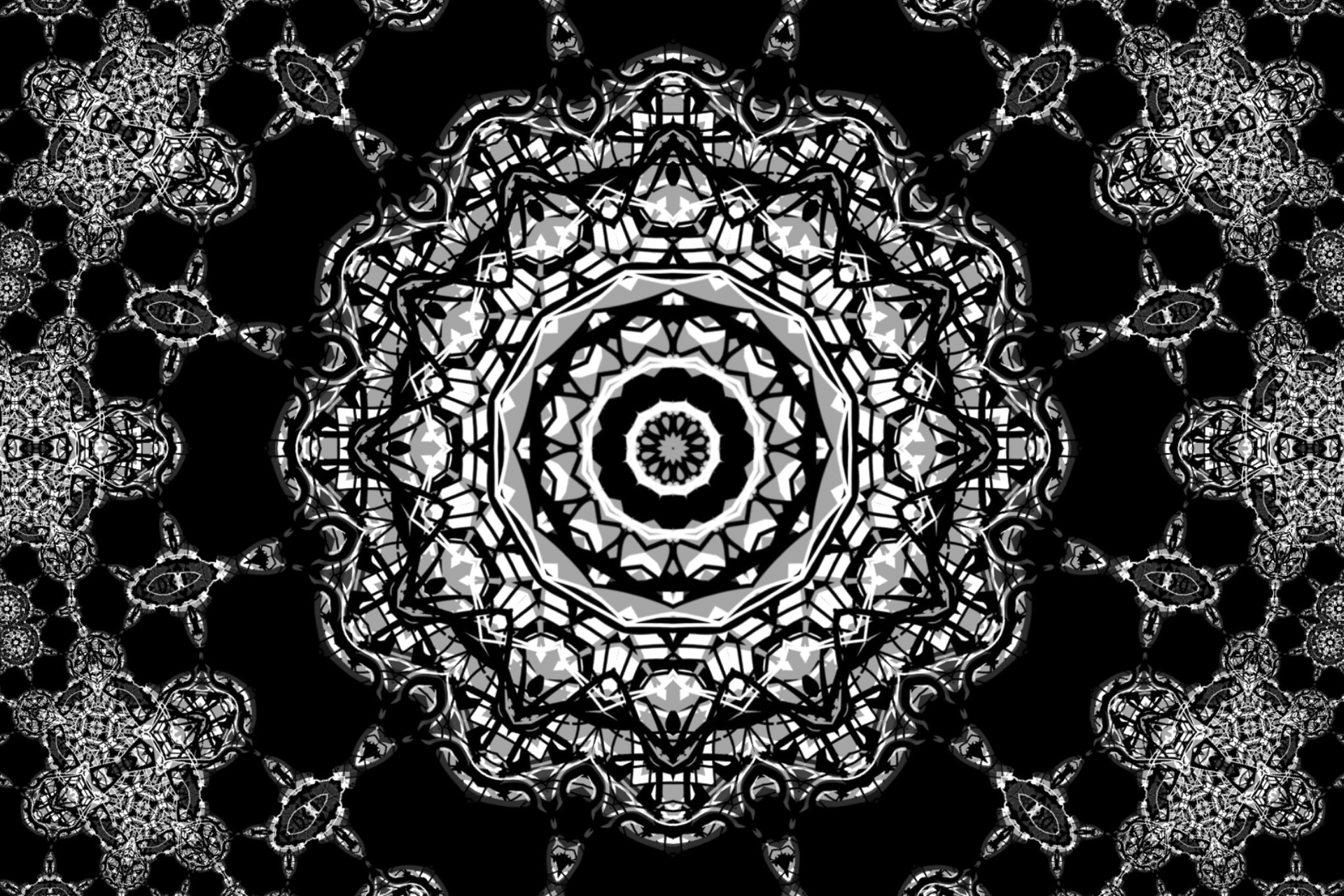Have you ever marveled at the intricate patterns found in nature, such as the branching of a tree or the spiral of a seashell? How about the human circulatory system, or the neural pathways in the brain? These patterns are all examples of a mathematical principle called fractal geometry. Fractals can be found all around us in the natural world, and they have inspired artists and designers for centuries.
The science behind fractals
Fractals can be created by using a mathematical formula that generates a pattern that is self-similar at different scales. This means that if you zoom in on a fractal, you will see a smaller version of the same pattern repeating itself. This property of self-similarity, also known as unfolding symmetry, is what gives fractals their unique and infinitely complex structure. Fractals can take on a wide range of shapes and sizes. One of the most famous examples of a fractal is the Mandelbrot Set.
In nature, obvious fractals can be found in a variety of forms, such as the branching of tree limbs and roots, or the veins in a leaf. Fractals can also be found in many other natural phenomena. For example, mycorrhizal networks, the vegetative part of a fungus, grow in a fractal pattern. This allows them to efficiently absorb nutrients from their surroundings. Similarly, neural networks in the brain also exhibit fractal patterns, which may help them to process information more efficiently.
On a larger scale, cosmic superclusters, which are groups of galaxies bound together by gravity, have a fractal structure. This may help to explain the distribution of matter in the universe.
Overall, fractals are a widespread and important aspect of the natural world, and they continue to inspire and intrigue scientists, artists, and designers alike.
The use of fractal geometry in art and design
Fractals have long been a source of inspiration for artists and designers, and they have been used in a wide variety of applications. Much of the use of fractals by artists is centered around abstract pieces. Others have used the concept to create more representational works, such as The Great Wave by Hokusai.
In addition to their use in visual art and design, they have also been explored in the field of fractal music. Fractal patterns can be used to generate complex and intricate melodies, rhythms, and harmonies, and can be created using a variety of different software programs and digital audio workstations.
I personally have found fractal geometry to be a powerful source of inspiration in my own artistic work. The intricate patterns and shapes that can be created with fractals, or even just the illusion of fractals, add a level of complexity and interest.
Tips for incorporating fractals into your own art and design
If you’re interested in incorporating fractals into your own art and design, there are a few tools and techniques that can be helpful. One option is to use software that is specifically designed for creating fractal patterns, such as Mandelbulb, Frax, or Apophysis. These programs allow you to play with different parameters and settings to create a wide range of fractal patterns.
Another option is to create your own fractal patterns by hand. This can be a more time-intensive process, but it allows for greater control and customization of the final product.
Conclusion
In conclusion, fractal geometry is a fascinating field that has the potential to inspire creativity in a wide range of artistic and design disciplines. Whether you are a visual artist, a designer, a musician, or simply someone who is curious about the world around you, fractals are a subject that can provide endless inspiration for your work.

